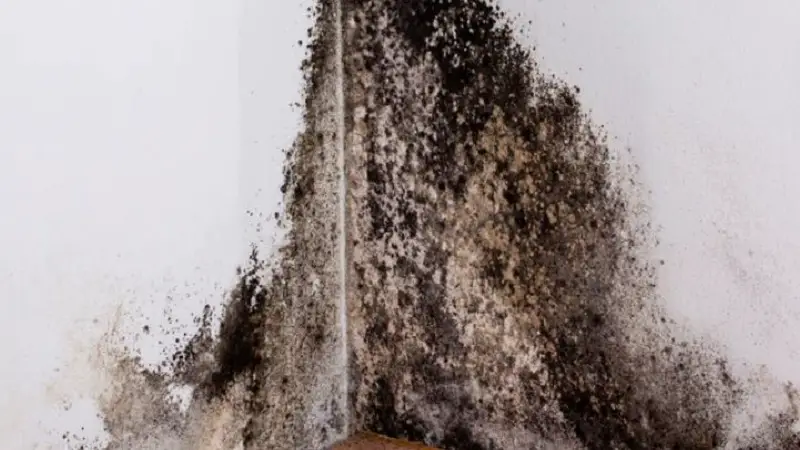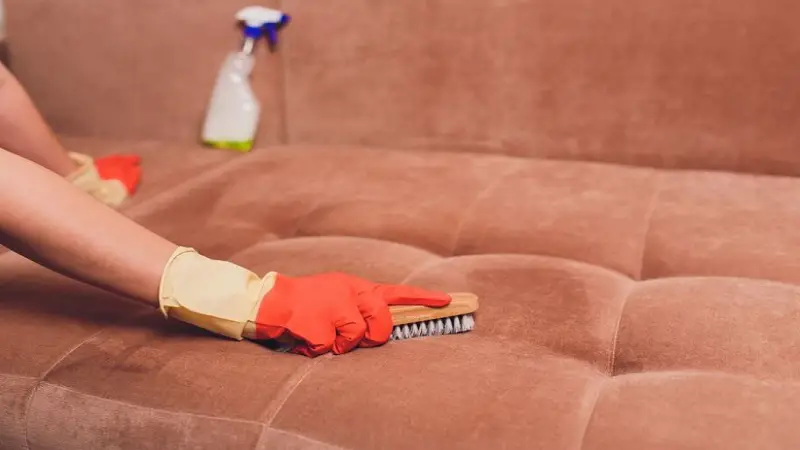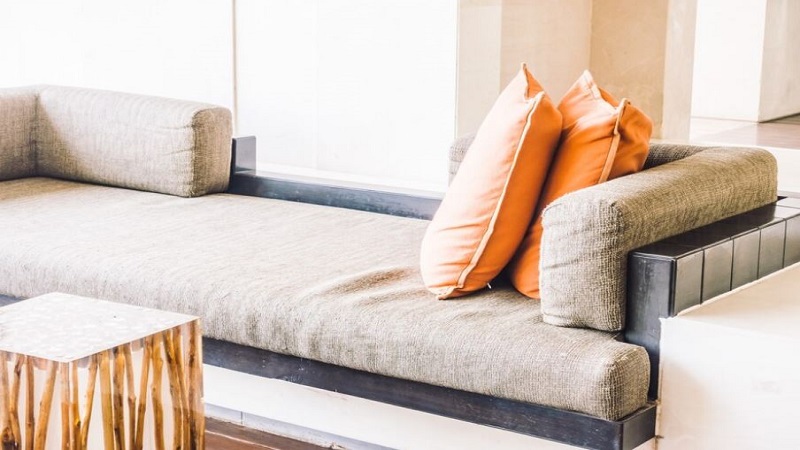Mold on fabric furniture not only ruins the aesthetic of your home but can also pose serious health risks. Understanding how to effectively remove mold without resorting to harsh chemicals like bleach is crucial for maintaining the integrity and longevity of your furniture, as well as the safety of your household. This guide will walk you through various methods to safely and effectively remove mold from fabric furniture, using household items and without the need for bleach.
Understanding Mold

Mold is a type of fungus that thrives in moist, warm environments. It reproduces through spores, which can land on various surfaces, including fabric furniture. When conditions are right, these spores grow, leading to visible mold growth and a musty smell.
Preparation for Mold Removal
Before starting the mold removal process, it’s important to take certain safety measures, such as wearing gloves and a mask, to protect yourself from mold spores. You’ll need a vacuum cleaner with a HEPA filter, a soft brush, several clean cloths, a spray bottle, and natural ingredients for mold removal solutions.
How to Remove Mold from Fabric Furniture Without Bleach

Vacuuming the Mold Away
The first step in removing mold is to vacuum the affected area to get rid of loose spores. Use the brush attachment to gently vacuum the moldy spots, taking care not to spread the spores.
Sunlight Exposure
Sunlight is a natural mold killer. If possible, move the furniture outside on a sunny day, allowing it to sit in direct sunlight for several hours. This method not only helps kill mold but also airs out the furniture.
Using Vinegar Solution
Mix equal parts water and white vinegar in a spray bottle. Spray the solution onto the moldy areas and let it sit for an hour before wiping it away with a clean, damp cloth. Vinegar is a mild acid that can kill most mold species.
Baking Soda Method
Create a paste using baking soda and water, apply it to the moldy spots, and scrub gently with a brush. Baking soda is a mild, natural disinfectant that can kill mold and deodorize furniture.
Lemon Juice and Salt Solution
Mix lemon juice with salt to create a thick paste. Apply this paste to the moldy areas and let it dry under the sun, enhancing its mold-removal efficacy.
Alcohol and Water Mixture
Mixing one part alcohol (such as rubbing alcohol) with one part water and spraying it onto the moldy areas can kill mold. Always test on a small, inconspicuous area first.
Hydrogen Peroxide Treatment
Spray a 3% hydrogen peroxide solution directly onto the moldy spots. Let it sit for 10 minutes, then wipe away with a damp cloth. Hydrogen peroxide is an effective fungicide and whitening agent, which can help remove mold stains.
Aftercare
After removing the mold, it’s important to keep the fabric furniture dry and well-ventilated to prevent mold regrowth. Regular vacuuming and prompt attention to spills can also help maintain the cleanliness and longevity of your furniture.
Preventing Mold Regrowth
Improving air circulation, using dehumidifiers, and conducting regular inspections for mold can significantly reduce the chances of mold regrowth on your fabric furniture.
Conclusion
Removing mold from fabric furniture without bleach is entirely possible with the right methods and a bit of elbow grease. By following the steps outlined above, you can restore your furniture to its former glory, maintain a healthy living environment, and prevent future mold growth.
FAQs
1. Can mold come back after treatment?
Yes, mold can return if the conditions that supported its growth initially are not addressed. Maintaining dryness and good ventilation is key to preventing regrowth.
2. How often should I inspect my furniture for mold?
Regularly inspect your furniture, especially during humid seasons or after any water damage incidents, to catch mold growth early.
3. What are the health risks of mold on furniture?
Mold can cause allergic reactions, respiratory issues, and other health problems, especially in sensitive individuals.
4. Can I use essential oils to prevent mold growth?
Some essential oils, like tea tree oil, have natural antifungal properties and can be used as a preventive measure after cleaning.
5. What to do if mold persists despite all efforts?
If mold continues to be a problem, it may be necessary to consult with a professional mold removal service to address underlying issues.
